How to Use ATM in China
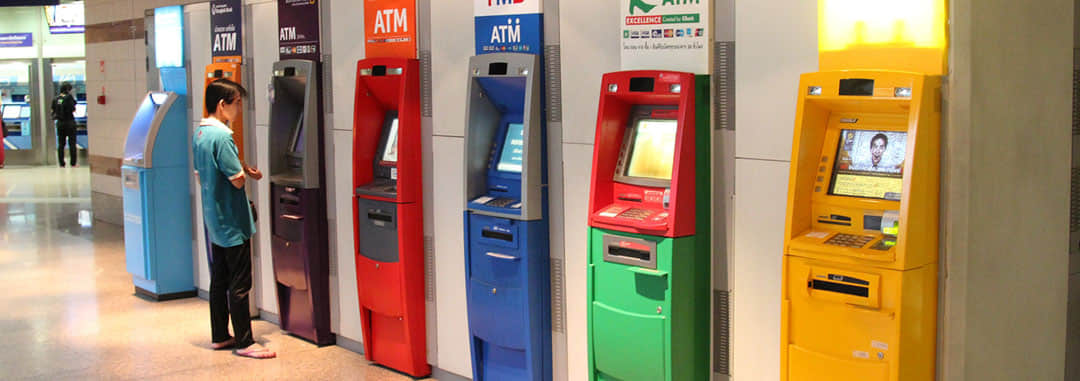
Obviously, you don’t want to travel with a lot of cash, and nowadays one of the best ways to deal with your ongoing need for cash is to draw out frequent amounts from bank ATMs.
What does an ATM look like?
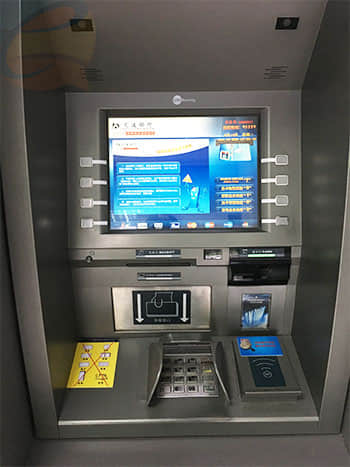
ATM in China
Most people can recognize an Automated Teller Machine (ATM) when they see one. Unfortunately, in China not all ATMs are exactly the same, and some have limited functionality such as they can only be used for deposit, or only for withdrawal or other purposes. You may see an array of machines side by side, with no immediately obvious differences. If you can’t read Chinese, then it can be difficult to work out which is which.
If you can get a look at the screen, and there are some English instructions, then you might be able to get a clue as to what the machine really offers.
Is it easy to find an ATM in China?
As time passes there are more and more ATMs in China, although not all of them are necessarily foreigner-friendly.
There are several banks that you can be sure will accept your foreign ATM cards. There is the Bank of China, the Merchants Bank, HSBC, Citybank, and more recently the Industrial and Commercial Bank of China. Still more banks are opening up to accept use by foreigners.
If you are staying in an international chain 5 star hotel, you can always find an ATM at the hotel lobby.
The most useful ATMs are likely to be the most popular, and you need to be extra careful about making your transaction with people loitering too close, even looking over your shoulder. As ATM queues can be disorganized you might need to just be patient.
Also take a good look at the ATM, and the slot where you card goes, in case it has been rigged with a device to steal your card and your information.
What kind of cards can I use to withdraw money from a Chinese ATM?

Bank cards
You can use either a Debit or a Credit card, although the Debit card will attract less fees when you withdraw money. You will always need a 6-digit Personal Identification Number (PIN) for any of them. There will be a sign in front of the ATM stating which types of cards are accepted – whether it accepts Visa, Master Card, Amex, or any others – look for the Visa, MasterCard, or Amex logo on your card.
Tell your bank before you leave that you are going to be in China – so that they don’t suddenly notice that “someone is using your card in China” and block your account. You can ask them about fees, and they may also have some up-to-date advice for you.
Will the instructions be in English?
There is always an option to choose English on the ATM menu. If the English is on one side and Chinese on the other, then using the buttons on the English side will lead into further English instructions.
ou need to watch out for other differences, such as the order of the numbers on the keypad being different from what you are used to. Within the dimly-lit ATM area, and probably with a guard covering the keypad, it may not be easy to see the numbers. Getting your PIN wrong three times is likely to see the card swallowed and not returned.
Even with the banks that are foreigner-friendly, and have instructions in English, you may find that the connection to the overseas banking network goes down. This may result in a message that your transaction has been declined, and that you should contact your bank. You could first try another bank, or come back later or the next day, as it may simply be the network that is down.
Can I draw out as much as I want?
Banks generally have a limit of 2,500 – 3,000RMB that you can withdraw in one day from an ATM, and often less than that can be withdrawn at one go. If you need more than that, you will need to go inside the bank, or use more than one card.
You might be planning to withdraw less than the stated limit, but when you see the queues at ATMs with some people inserting their cards again and again, and even using more than one card, you wouldn’t be surprised to find that the machine has run out of cash. This tends to happen especially on the weekends, with ATMs restocking on a Monday.
The receipt that the ATM spits out for you is likely to quickly fade, so you need to make a copy of it while you can still see it. (You could quickly scan it into your phone.) You should retain your exchange receipts, even from ATMs, if you need to convert leftover Renminbi back into foreign currency when leaving China.
You should also need to be aware that ATMs in China only dispense one denomination of note, the 100RMB. Not all businesses are willing to give change for this denomination, so you will need to find somewhere to ‘break’ the note, as you will need to have small denominations on hand for cab fares and markets.
Are there any extra charges?
ATMs will often charge fees, and your home bank will probably charge fees for using an ATM that is not theirs. This is something you could ask them before your leave, and maybe they could waive the fees for you. There may also be international currency exchange fees.
What if the machine swallows my card?
Note that in China ATMs sometimes gives you money before returning your card, so make sure you don’t accidentally leave the card there.
We hope that your card never gets swallowed by the ATM, but it’s always a possibility and you need to be prepared for it to lessen the pain. There are some precautions you can take so that this won’t mean the end of your happy holiday.
First of all, you can make sure that you use an ATM outside of a bank that is open. Then you will be able to go inside if your card is swallowed. If you get your PIN wrong too many times, or take too long to make your transaction, your card may not be returned. When you go into the bank to ask for help you will need to have your passport with you, and showing a good photocopy of the lost card, or a letter from your bank, may also be useful.
How to Enter 4-Digit PINs in 6-Digit ATM Machines in China
Are you struggling to enter a 4-digit password into a 6-digit-password ATM in China? Let's explore the standard practices and considerations surrounding this unique challenge.
Standard vs. Practice:
1. No Official Standard:
There is no universally recognized industry standard in China for handling 4-digit PINs in 6-digit ATMs. Practices can vary between different banks and ATM manufacturers.
2. Bank-Specific Policies:
Each bank may have its internal policy on addressing this issue. Check online on their website or app, or reach out to customer service for specific information.
Common Practices:
1. Zero Padding:
Adding two zeros at the end (e.g., 12300) is a common practice for several banks and may be effective.
2. Repeating Last Digit:
Trying your 4-digit PIN followed by the last digit repeated (e.g., 12333) might work for certain ATMs.
3. Contacting Your Bank:
If the above methods fail, it's advisable to contact your bank directly. They can confirm the specific approach for your card and the ATM network you are using.
Considerations:
1. Multiple Attempts:
Exercise caution not to exceed the allowed number of PIN attempts, as surpassing this limit may lead to your card being blocked.
2. Different Cards, Different Policies:
Even if both cards are VISA, their issuing banks or networks may have distinct policies. Verify with your specific bank for accurate information.
3. Security First:
Always prioritize the security of your financial information. Refrain from sharing your PIN with others or leaving it visible to unauthorized individuals.
Points to Remember:
- Talk to your bank before you go. Ask about fees. Make sure they know that you will be in China. Maybe get a letter from the bank. Make a good photocopy of your card.
- Try to use an ATM outside a bank that is open.
- Be wary of other ATM users, and possible devices attached to the ATM.
- Have a backup plan in case your card is swallowed. (Another card)
- Listen to your local guide for the best ATMs to use.
Remember, maintaining financial security is paramount. Avoid disclosing sensitive information like your actual PIN or bank details publicly. I trust this information proves helpful in navigating the intricacies of using your ATM cards in China.
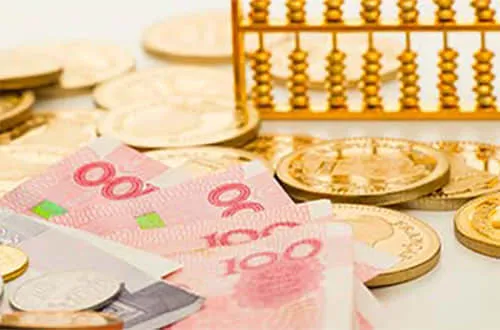 Chinese Money
Chinese Money 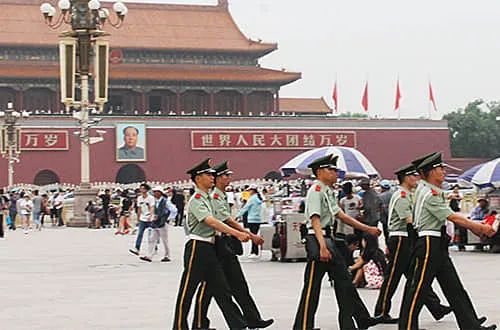 Is It Safe To Travel To China?
Is It Safe To Travel To China?  How can I travel safely if I have Allergies?
How can I travel safely if I have Allergies? 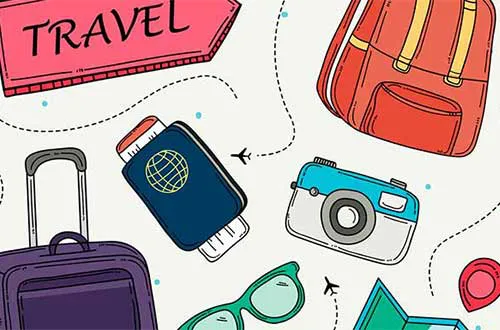 Summary of China Travel Tips
Summary of China Travel Tips